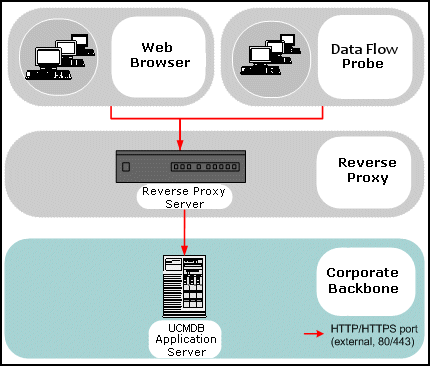Searching the Help
To search for information in the Help, type a word or phrase in the Search box. When you enter a group of words, OR is inferred. You can use Boolean operators to refine your search.
Results returned are case insensitive. However, results ranking takes case into account and assigns higher scores to case matches. Therefore, a search for "cats" followed by a search for "Cats" would return the same number of Help topics, but the order in which the topics are listed would be different.
| Search for | Example | Results |
|---|---|---|
| A single word | cat
|
Topics that contain the word "cat". You will also find its grammatical variations, such as "cats". |
|
A phrase. You can specify that the search results contain a specific phrase. |
"cat food" (quotation marks) |
Topics that contain the literal phrase "cat food" and all its grammatical variations. Without the quotation marks, the query is equivalent to specifying an OR operator, which finds topics with one of the individual words instead of the phrase. |
| Search for | Operator | Example |
|---|---|---|
|
Two or more words in the same topic |
|
|
| Either word in a topic |
|
|
| Topics that do not contain a specific word or phrase |
|
|
| Topics that contain one string and do not contain another | ^ (caret) |
cat ^ mouse
|
| A combination of search types | ( ) parentheses |
|
- Using a Reverse Proxy
- Reverse Proxy Overview
- Security Aspects of Using a Reverse Proxy Server
- Configure a Reverse Proxy
- Distributed Denial of Service Attack Protection
- Connect the Data Flow Probe by Reverse Proxy or Load Balancer Using Mutual Authentication
- Connect the Data Flow Probe by Reverse Proxy and Self-signed Certificate
- Configure CAC Support on UCMDB by Reverse Proxy
Reverse Proxy Overview
A reverse proxy is an intermediate server that is positioned between the client machine and the Web servers. To the client machine, the reverse proxy appears to be a standard Web server that serves the client machine’s HTTP protocol requests.
The client machine sends ordinary requests for Web content, using the name of the reverse proxy instead of the name of a Web server. The reverse proxy sends the request to one of the Web servers. Although the response is sent back to the client machine by the reverse proxy, it appears to the client machine as if it is being sent by the Web server.
It is possible to have multiple reverse proxies, with different URLs, representing the same UCMDB/CM instance. Alternatively, a single reverse proxy server can be used to access several UCMDB/CM servers, by setting different root contexts for each UCMDB/CM server.
Universal CMDB and Configuration Manager support a reverse proxy in a DMZ architecture. The reverse proxy is an HTTP mediator between the Data Flow Probe and the Web client and the Universal CMDB/CM server.

Note
- Different types of reverse proxies require different configuration syntaxes. For an example of an Apache 2.0.x reverse proxy configuration, see Example: Apache 2.0.x Configuration .
- It is only necessary to configure the front-end URL setting when creating a direct link to a report using the Scheduler.
We welcome your comments!
To open the configured email client on this computer, open an email window.
Otherwise, copy the information below to a web mail client, and send this email to cms-doc@microfocus.com.
Help Topic ID:
Product:
Topic Title:
Feedback:





